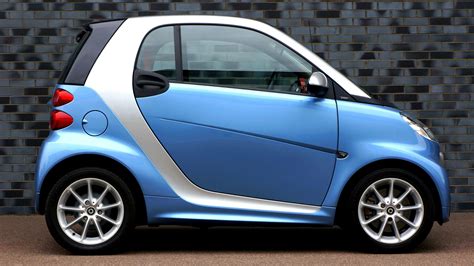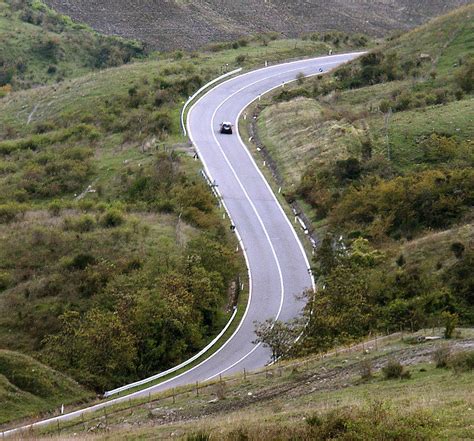The Road to Lower Gas Bills
For many men, a car represents freedom, power, and utility. But with ever-fluctuating gas prices, that freedom can come with a hefty cost. Maximizing your car’s fuel economy isn’t just about being frugal; it’s about being smart, understanding your vehicle, and taking control of one of your biggest household expenses. By adopting a few key habits and maintaining your ride diligently, you can significantly reduce your trips to the pump and keep more money in your pocket.
Master Your Driving Habits
The way you drive has the most immediate and profound impact on your fuel consumption. Small adjustments can lead to big savings.
Smooth Acceleration and Braking
Aggressive driving—rapid acceleration, sudden braking, and speeding—can reduce your gas mileage by 15% to 30% at highway speeds and 10% to 40% in stop-and-go traffic. Think of your gas pedal as an egg: accelerate gently and anticipate stops to coast more often. This not only saves fuel but also reduces wear and tear on your brakes and tires.
Observe Speed Limits
Aerodynamic drag increases significantly with speed. Fuel economy typically decreases rapidly at speeds above 50 mph (80 km/h). Every 5 mph you drive over 50 mph is like paying an additional $0.30 to $0.50 per gallon for gas. Stick to the speed limits, especially on highways.
Minimize Idling
Idling consumes fuel without taking you anywhere. If you anticipate being stopped for more than 60 seconds (e.g., waiting in a drive-thru, picking someone up), it’s generally more fuel-efficient to turn off your engine and restart it. Modern cars are designed for frequent starts.
Utilize Cruise Control
On flat highways, cruise control helps maintain a constant speed, avoiding unnecessary acceleration and deceleration. This consistent speed often translates to better fuel efficiency. However, avoid using it on hilly terrain, as it may cause your vehicle to consume more fuel trying to maintain speed up inclines.

Diligent Vehicle Maintenance is Key
A well-maintained vehicle runs more efficiently. Regular check-ups and proactive care can prevent fuel waste and costly repairs down the line.
Check Tire Pressure Regularly
Under-inflated tires increase rolling resistance, forcing your engine to work harder and consume more fuel. They can reduce your gas mileage by about 0.2% for every 1 PSI drop in pressure of all four tires. Check your tire pressure at least once a month, including your spare, and inflate them to the manufacturer’s recommended PSI (found on a sticker inside your driver’s side door jamb or in your owner’s manual).
Keep Your Engine Tuned
- Air Filters: A clogged air filter can reduce your gas mileage by as much as 10% because it restricts airflow to the engine, making it work harder. Replace it regularly according to your owner’s manual.
- Spark Plugs: Old or fouled spark plugs can cause misfires and inefficient combustion, leading to reduced fuel economy.
- Oil Changes: Use the manufacturer-recommended grade of motor oil. Using the wrong oil or neglecting oil changes can increase engine friction and decrease fuel efficiency.
Lighten Your Load
Every extra pound reduces fuel economy. Remove unnecessary items from your trunk or back seat, especially heavy ones. For every 100 pounds of extra weight, your fuel economy can decrease by about 1-2%. Also, remove roof racks or cargo carriers when not in use, as they create aerodynamic drag.

Smart Planning and Practical Approaches
Beyond driving and maintenance, how you plan your trips can also significantly impact your fuel consumption.
Plan Your Routes Efficiently
Use navigation apps to find the most direct route, avoid traffic jams, and combine multiple errands into one trip. Short, cold starts consume more fuel than longer, warm-engine drives. Planning stops logically can help.
Avoid Peak Traffic
Stop-and-go driving is a fuel killer. If possible, adjust your commute or errands to avoid peak rush hours. Less time spent idling or accelerating from a full stop means less fuel wasted.
Use Air Conditioning Judiciously
Running the AC puts an extra load on your engine, consuming fuel. At lower speeds (below 40 mph), rolling down your windows might be more fuel-efficient. At higher speeds, the aerodynamic drag from open windows can be worse than using the AC. Find a balance that works for your comfort and conditions.

Advanced Tactics for the Savvy Driver
For those looking to push their fuel economy to the absolute maximum, a few more advanced strategies can be considered.
Understand Fuel Types
Unless your car specifically requires premium fuel (check your owner’s manual), using higher octane gasoline won’t improve your fuel economy or performance. It’s designed for engines with higher compression ratios to prevent ‘knocking.’ Stick to the recommended fuel type for your vehicle.
Aerodynamics Matter
Anything that disrupts your car’s airflow increases drag. This includes open windows at high speeds, roof racks, bike carriers, or even aftermarket accessories that aren’t aerodynamically designed. Minimize these whenever possible.
Consider Hypermiling Principles
Hypermiling involves extreme techniques to maximize fuel economy. While some techniques are risky and not recommended (like drafting or engine-off coasting in traffic), basic principles like anticipating traffic flow, gentle acceleration, and maximizing coasting can be safely incorporated into your driving. The goal is to maintain momentum and minimize energy waste.

Conclusion: Drive Smarter, Save More
Maximizing your car’s fuel economy is a journey of continuous improvement, combining smart driving habits with diligent vehicle maintenance and intelligent trip planning. By consistently applying these strategies, men can not only cut significant costs from their gas bills but also contribute to a greener environment and enjoy a smoother, more controlled driving experience. Start implementing these tips today, and watch your savings grow.




